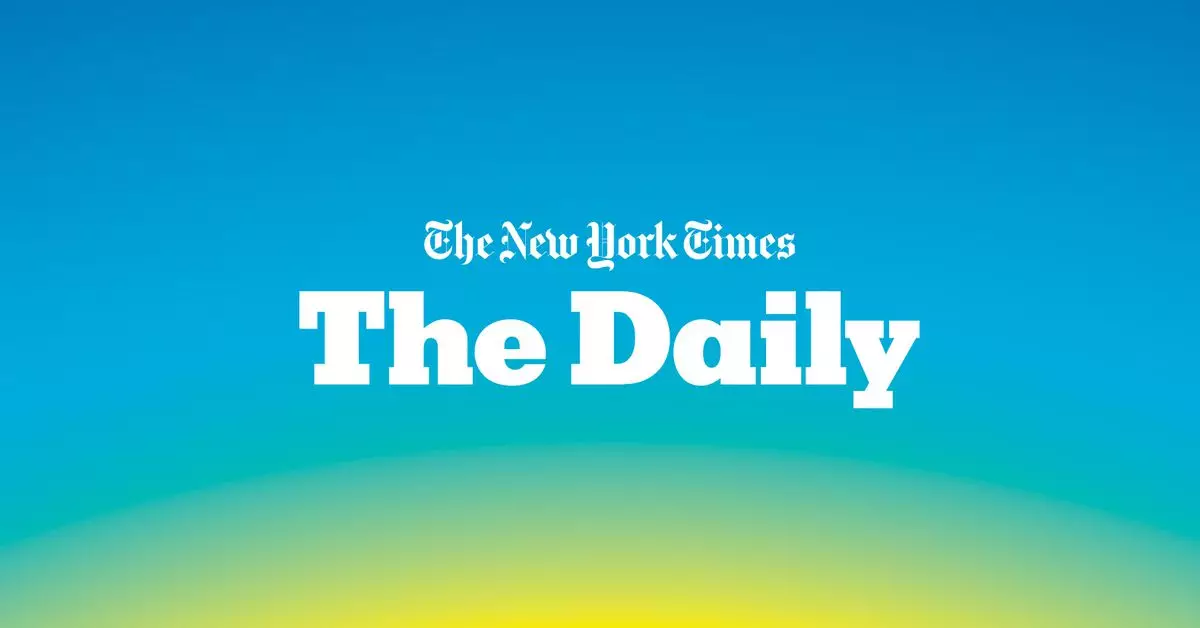The New York Times has made a significant move in the podcasting arena by announcing a subscription-based service that alters the accessibility of its content. This development, unveiled recently, indicates a transformative shift for both the media landscape and podcast audiences. Offering various highly popular shows, including “The Daily” and “Modern Love,” the Times now commits to a paywall for its archived episodes. For avid listeners who have come to expect free access to a multitude of podcasts, this change poses both challenges and opportunities.
Effective next month, listeners will have to pay $6 per month or $50 annually to access the extensive catalog of podcasts beyond the latest episodes. The Times attempts to cushion the blow by allowing listeners to access a limited number of recent episodes for free—three for “The Daily” and two for other shows. This strategy raises intrigue about how many viewers will transition to a subscription model, especially given that the prevailing expectation has typically favored free content. Those who already hold All Access or Home Delivery subscriptions won’t have to pay extra, which positions the Times as a significant player in podcast monetization.
The motivation behind this paywall is clear: the New York Times aims to reinvest subscription revenues into expanding its journalism efforts as well as its audio programming. Paula Szuchman, the Times’ director of audio, articulated the overarching ambition, signaling an intention to enhance the quality and quantity of content available to listeners. The strategy echoes a broader trend in media where companies seek financial sustainability through subscription models, especially as ad revenues remain unstable.
As the marketplace for podcasts evolves, the Times’ decision to limit free access to archived content reflects a pragmatic approach to building a more sustainable model. Interestingly, insights from Ben Cotton, head of subscription growth, provide an additional layer of nuance. He hinted that the model could be adjusted based on audience engagement and shows’ narrative structures. For instance, series like “Serial,” which thrive on cliffhangers, may demand a different approach to monetization.
However, the move isn’t without risks. While locking content behind a paywall may create a new revenue stream, it could alienate casual listeners who might not be willing to pay for limited access. The key challenge will be to find a balance between revenue generation and maintaining a loyal listenership. As competition in the podcasting space intensifies, the New York Times will have to continuously adapt to listener preferences and emerging trends within the audio landscape.
The New York Times’ foray into the subscription podcasting model marks a pivotal evolution in the relationship between media providers and consumers. As audiences navigate this change, it will be crucial to watch how this decision influences the larger podcasting ecosystem. With a commitment to reinvesting in quality content, the Times may pave the way for other media outlets to follow suit, potentially reshaping how we consume audio storytelling in the years to come.

